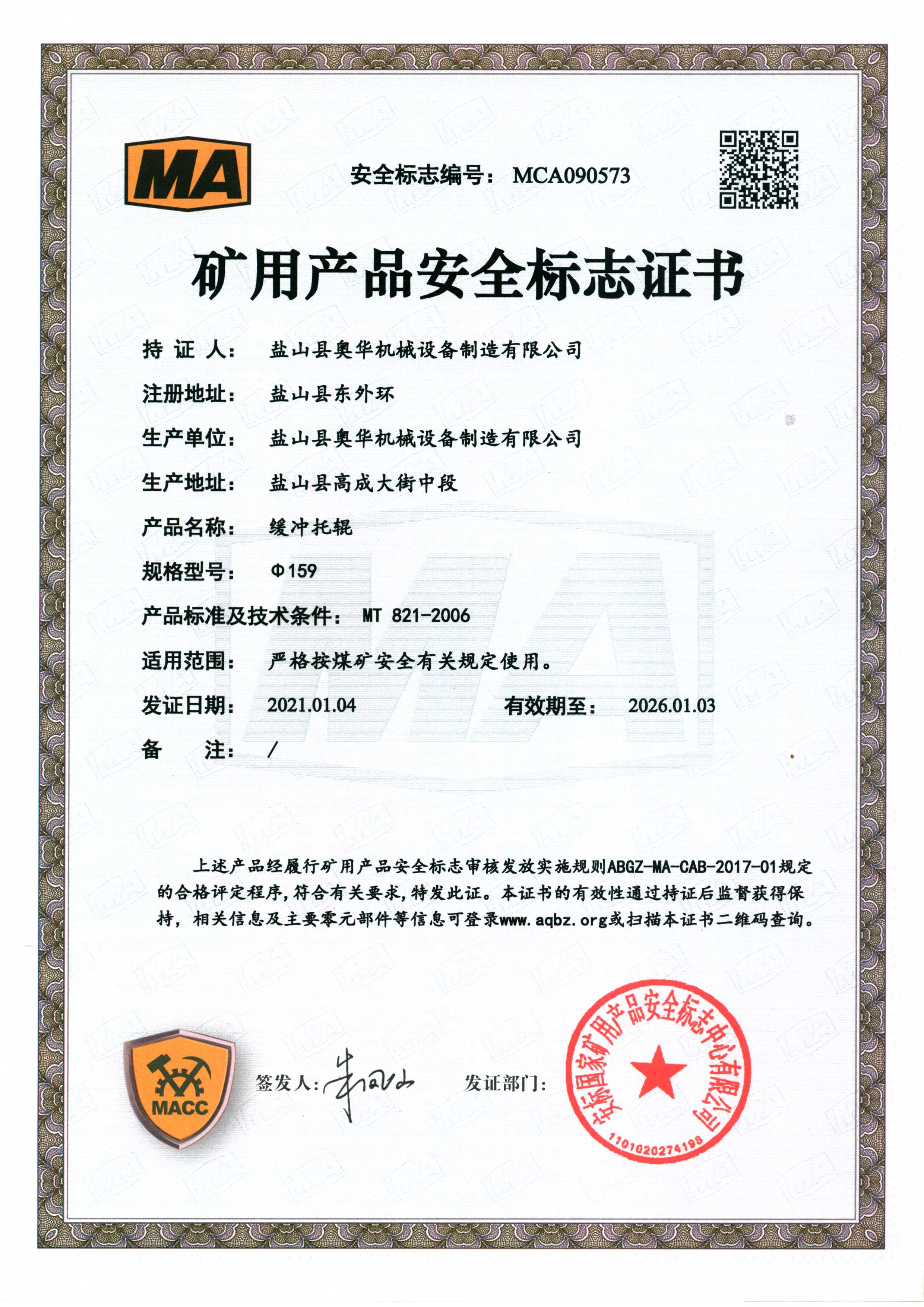 Afrikaans
Afrikaans  Albanian
Albanian  Amharic
Amharic  Arabic
Arabic  Armenian
Armenian  Azerbaijani
Azerbaijani  Basque
Basque  Belarusian
Belarusian  Bengali
Bengali  Bosnian
Bosnian  Bulgarian
Bulgarian  Catalan
Catalan  Cebuano
Cebuano  Corsican
Corsican  Croatian
Croatian  Czech
Czech  Danish
Danish  Dutch
Dutch  English
English  Esperanto
Esperanto  Estonian
Estonian  Finnish
Finnish  French
French  Frisian
Frisian  Galician
Galician  Georgian
Georgian  German
German  Greek
Greek  Gujarati
Gujarati  Haitian Creole
Haitian Creole  hausa
hausa  hawaiian
hawaiian  Hebrew
Hebrew  Hindi
Hindi  Miao
Miao  Hungarian
Hungarian  Icelandic
Icelandic  igbo
igbo  Indonesian
Indonesian  irish
irish  Italian
Italian  Japanese
Japanese  Javanese
Javanese  Kannada
Kannada  kazakh
kazakh  Khmer
Khmer  Rwandese
Rwandese  Korean
Korean  Kurdish
Kurdish  Kyrgyz
Kyrgyz  Lao
Lao  Latin
Latin  Latvian
Latvian  Lithuanian
Lithuanian  Luxembourgish
Luxembourgish  Macedonian
Macedonian  Malgashi
Malgashi  Malay
Malay  Malayalam
Malayalam  Maltese
Maltese  Maori
Maori  Marathi
Marathi  Mongolian
Mongolian  Myanmar
Myanmar  Nepali
Nepali  Norwegian
Norwegian  Norwegian
Norwegian  Occitan
Occitan  Pashto
Pashto  Persian
Persian  Polish
Polish  Portuguese
Portuguese  Punjabi
Punjabi  Romanian
Romanian  Russian
Russian  Samoan
Samoan  Scottish Gaelic
Scottish Gaelic  Serbian
Serbian  Sesotho
Sesotho  Shona
Shona  Sindhi
Sindhi  Sinhala
Sinhala  Slovak
Slovak  Slovenian
Slovenian  Somali
Somali  Spanish
Spanish  Sundanese
Sundanese  Swahili
Swahili  Swedish
Swedish  Tagalog
Tagalog  Tajik
Tajik  Tamil
Tamil  Tatar
Tatar  Telugu
Telugu  Thai
Thai  Turkish
Turkish  Turkmen
Turkmen  Ukrainian
Ukrainian  Urdu
Urdu  Uighur
Uighur  Uzbek
Uzbek  Vietnamese
Vietnamese  Welsh
Welsh  Bantu
Bantu  Yiddish
Yiddish  Yoruba
Yoruba  Zulu
Zulu lagged head pulley
Understanding the Lagged Head Pulley in Conveyor Systems
In the realm of material handling and conveyor systems, the lagged head pulley plays a crucial role in ensuring efficient operation and reliability. The head pulley, typically located at the end of a conveyor system, is the primary driving force that moves the conveyor belt. Its design and functionalities significantly impact the system's overall performance.
A lagged head pulley features a surface treatment, known as lagging, that enhances its grip on the conveyor belt. This lagging can be made of various materials, including rubber or ceramic, depending on the specific application requirements. The primary purpose of this lagging is to increase the friction between the pulley and the belt, thereby reducing slippage and ensuring a more consistent movement of materials.
One of the key advantages of using a lagged head pulley is its ability to handle heavy loads
. In environments where large or heavy products are transported, the risk of belt slippage can lead to operational inefficiencies, increased wear on the conveyor system, and potentially costly downtimes. By providing a high-friction surface, lagged head pulleys minimize these risks and enhance the system’s load-carrying capacity.lagged head pulley

Moreover, lagged head pulleys are particularly beneficial in applications involving inclined conveyors. In such scenarios, the gravitational force can lead to slippage, making it difficult for materials to ascend the incline. The increased grip provided by the lagging prevents this slippage, allowing for smoother and more reliable transportation of materials at various angles.
Maintenance is another critical aspect when considering the use of lagged head pulleys. While the lagging itself can be subject to wear over time, regular inspections and timely replacements can mitigate potential problems. On-the-spot repairs and maintenance routines can be crucial in keeping the conveyor system efficient, thereby avoiding interruptions in production.
In conclusion, the lagged head pulley is a vital component in conveyor systems, particularly in industries that depend on reliable and efficient material handling. Its ability to enhance friction, manage heavy loads, and prevent slippage makes it indispensable in various applications. For companies seeking to optimize their conveyor operations, investing in high-quality lagged head pulleys can lead to significant improvements in productivity and equipment longevity. As technology advances, innovations in lagging materials and designs continue to emerge, promising even greater efficiencies for the future of material handling systems.
-
Revolutionizing Conveyor Reliability with Advanced Rubber Lagging PulleysNewsJul.22,2025
-
Powering Precision and Durability with Expert Manufacturers of Conveyor ComponentsNewsJul.22,2025
-
Optimizing Conveyor Systems with Advanced Conveyor AccessoriesNewsJul.22,2025
-
Maximize Conveyor Efficiency with Quality Conveyor Idler PulleysNewsJul.22,2025
-
Future-Proof Your Conveyor System with High-Performance Polyurethane RollerNewsJul.22,2025
-
Driving Efficiency Forward with Quality Idlers and RollersNewsJul.22,2025





























